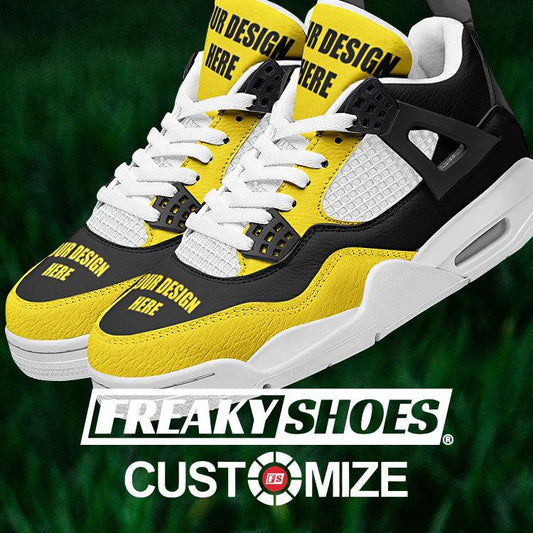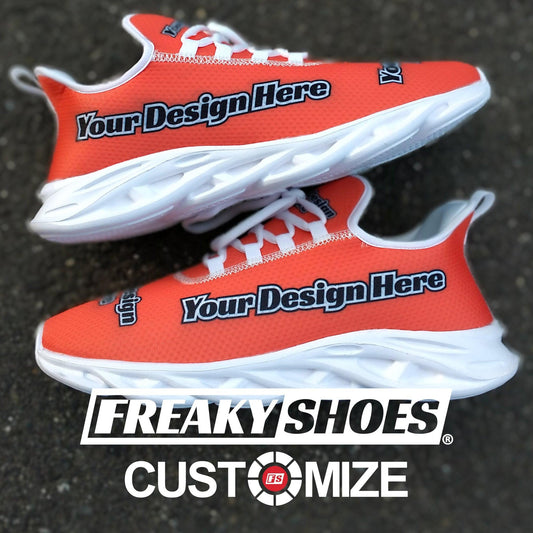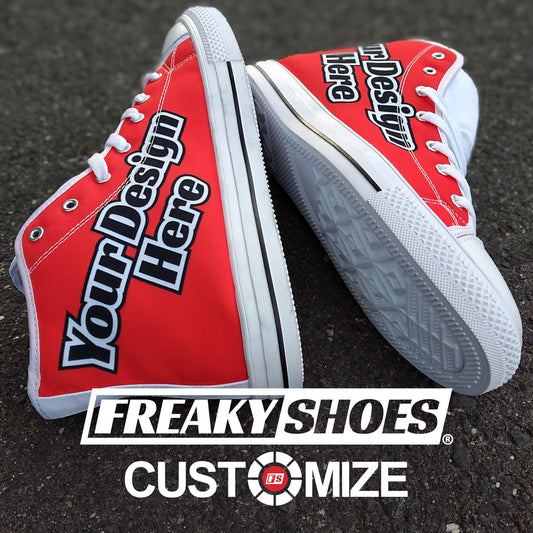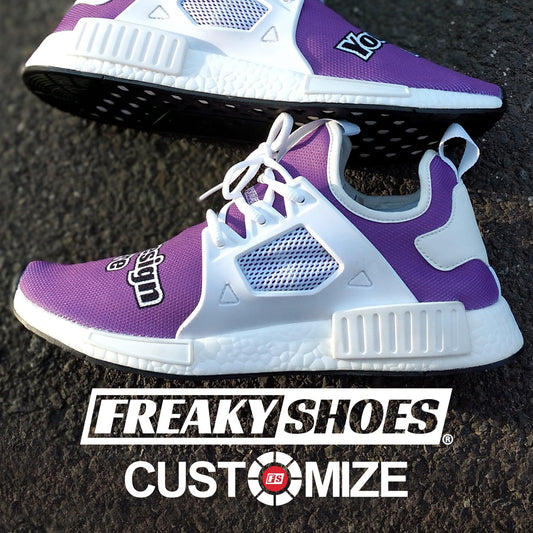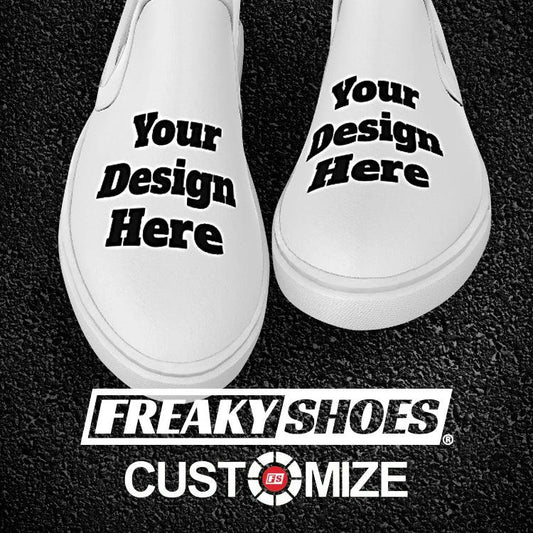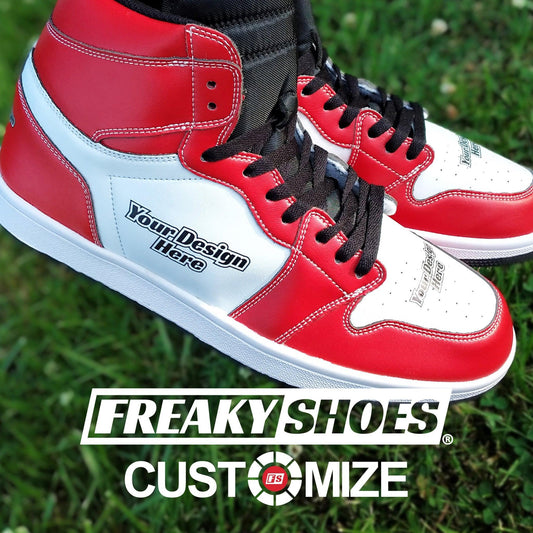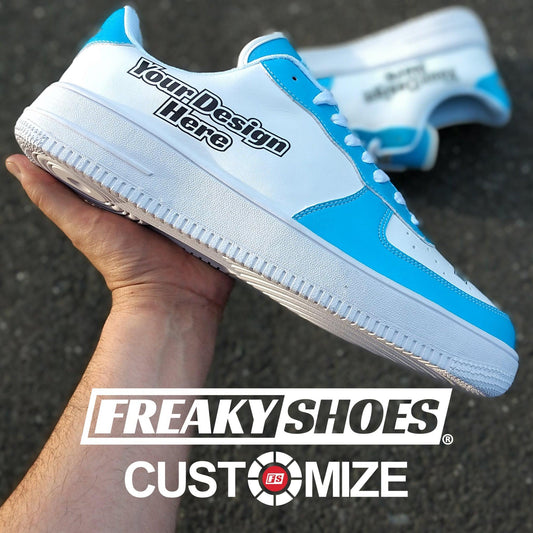Slipping on a wet floor is never fun. If you wear Converse daily, you might wonder—are Converse non-slip? They have rubber soles, but do they actually provide enough grip for slippery surfaces?
Many people assume they’re safe, but the truth might surprise you.
We tested Converse in different conditions—on wet tiles, greasy kitchen floors, and even rainy sidewalks. While they do fine on dry ground, they don’t perform well on slick surfaces. If you need reliable slip resistance for work, Converse isn’t the best choice.
So, should you wear Converse if slip resistance matters? In this guide, we’ll break down:
-
Converse shoe grip
-
Compare them to non-slip brands
-
Share hacks to improve their traction.
Let’s begin.
Key Takeaways
-
Converse are not non-slip and don’t meet workplace safety standards.
-
Their rubber soles provide grip on dry surfaces but can be slippery on wet or greasy floors.
-
We tested them in different conditions, and they don’t compare to true non-slip shoes.
-
Scuffing the soles, using grip pads, or applying sprays can improve traction.
-
If you need non-slip shoes for work, brands like Skechers Work or Shoes for Crews are better.
-
If you love Converse but need better grip, there are simple hacks that help.
Are Converse Non-Slip? (Everything to Know)

No, Converse are not non-slip shoes. They do not have certified slip-resistant soles designed for wet, oily, or slippery surfaces. While the rubber sole provides decent traction on dry ground, it lacks the deep tread patterns and special rubber compounds that true non-slip shoes have.
If you need shoes for work environments like restaurants, hospitals, or warehouses, Converse is not the safest choice.
We’ve worn Converse for years, and we love their classic style. But when it comes to grip, we’ve noticed they don’t perform well on certain surfaces. The moment we step on a wet tile floor or a greasy kitchen surface, we feel that they don’t have the sticky grip needed to prevent slips in risky conditions.
So, should you wear Converse if slip resistance is important? If you’re just walking around town or working in a dry environment, they’re fine. But if you work in a place where spills, water, or grease are common, you need real non-slip shoes. Converse won’t give you the grip needed to stay safe.
Do Converse Meet Workplace Non-Slip Standards?
No, Converse does not meet workplace non-slip standards. Slip-resistant work shoes must have tested and certified soles that prevent slipping on wet or oily surfaces. Converse shoes are not made for that. They don’t have the proper tread design or rubber material that official non-slip shoes use.
In short, if your workplace has safety requirements, Converse won’t qualify.
We’ve seen people wear Converse at work—servers, baristas, retail workers—but they often realize the mistake too late. One of us worked in a busy coffee shop and saw coworkers slip while rushing around in Converse. The soles are too flat, and once there’s a spill, they lose traction.
Which Converse Models to Avoid If You Need High Slip Resistance?
If you need strong grip, avoid these Converse models because they have flat soles and minimal tread patterns:
-
Chuck Taylor All Star (Canvas & Leather) – The classic design, but not built for slippery surfaces.
-
Converse One Star – Made for fashion, not grip.
-
Jack Purcell – Has a smooth rubber sole with little traction.
-
Converse Platforms – The raised sole makes balance harder on slick floors.
If you need real slip resistance, go for shoes designed for safety, like:
-
Skechers Work
-
Shoes for Crews
-
Vans with non-slip soles.
We’ve tested them, and they actually grip when it matters.
How to Make Converse More Slip-Resistant

If you love your Converse but need better grip, there are ways to improve their slip resistance. While they’ll never be as good as certified non-slip shoes, simple hacks can make a big difference.
Here are six ways to make Converse safer on slick surfaces.
1. Scuff the Soles for Better Grip
New Converse shoes have smooth soles, which can be slippery. Scuffing them up creates more friction and improves traction. The best way to do this is by walking on rough surfaces like concrete or gravel. If you need quicker results, use sandpaper or a rough brick to wear down the smooth rubber.
This trick works best for everyday use, like walking on sidewalks or shopping malls. But if you need shoes for work in a slippery environment, scuffing alone won’t be enough. You’ll need additional grip-enhancing methods.
2. Use Slip-Resistant Shoe Pads
Slip-resistant shoe pads are a great way to add extra grip without modifying your shoes permanently. These pads stick to the bottom of your Converse and provide better traction on slippery surfaces.
We tested grip pads on Converse, and they helped a lot in certain conditions. On dry floors, they didn’t make much of a difference, but on wet or greasy floors, they provided a noticeable grip.
The best part is that they’re easy to apply and replace when they wear out.
The downside? They might not last long if you walk on rough surfaces often.
3. Apply a Grip Spray for More Traction
Grip sprays create a textured coating on the bottom of your shoes, helping them stick better to slick floors. These sprays are often used for sports shoes and work boots, but they also work on Converse.
We’ve tried this method, and while it doesn’t turn Converse into true non-slip shoes, it does help. The spray adds a bit of roughness to the rubber sole, improving friction.
It’s easy to apply—just spray the bottom, let it dry, and you’re good to go.
However, grip sprays wear off over time, especially if you walk on rough surfaces. If you use this trick, you may need to reapply it every few weeks.
4. Choose the Right Insoles for Stability
While insoles don’t directly affect slip resistance, they can improve stability. How? Well, adding cushioned insoles helps with comfort and balance. When your feet are properly supported, you’re less likely to make sudden, unsteady movements that could cause slipping.
5. Keep the Soles Clean for Maximum Grip
Cleaning the bottom of your Converse regularly helps maintain grip. Use a brush and warm, soapy water to scrub away any buildup.
We’ve seen firsthand how dirty soles can make Converse even more slippery. If you’ve ever walked on a greasy restaurant floor, you know how quickly the bottom of your shoes can get coated with a thin, slippery layer.
A quick clean with soap and water removes that slick layer and restores traction.
For an extra boost, use rubbing alcohol or vinegar. These help break down grease and leave the rubber slightly tacky, improving grip.
6. Avoid Wearing Converse in Extremely Slippery Conditions
No matter how many hacks you try, Converse will never be as slip-resistant as shoes designed for safety. If you work in a restaurant, hospital, or any place with slippery floors, it’s best to wear real non-slip shoes.
We’ve tested Converse in wet and oily conditions, and even with modifications, they’re still not reliable for slippery environments.
If you need slip resistance for work, investing in proper non-slip shoes is the smartest choice. Converse is great for casual wear, but when safety is a concern, don’t take risks.
Converse vs. Other Non-Slip Shoe Brands
Converse is stylish and comfortable, but it doesn’t compare to real non-slip shoes in terms of traction. Here’s a comparison with four popular non-slip brands:
|
Brand |
Slip Resistance |
Comfort for Long Hours |
Style |
Best for Workplaces |
|
Converse |
Low |
Moderate |
High |
No |
|
Shoes for Crews |
Very High |
High |
Moderate |
Yes |
|
Skechers Work |
High |
Very High |
Moderate |
Yes |
|
Vans (Pro/Grip Series) |
High |
High |
High |
Yes |
|
Dr. Martens (Slip-Resistant Models) |
High |
Moderate |
High |
Yes |
If you need style over function, Converse is fine. But if slip resistance matters, choose a brand built for it.
If slip resistance is a priority for you, you might also want to check whether Hey Dudes are non-slip before deciding which shoes to go with. Different brands can offer very different levels of grip.
Best Non-Slip Alternatives to Converse
If you’re looking for the best non-slip shoes, here are some top choices based on real-world testing and user reviews. These shoes are designed for maximum traction on slippery surfaces.
|
Brand & Model |
Best For |
Slip Resistance |
Comfort Level |
Style |
|
Shoes for Crews Evolution II |
Restaurant Work |
Very High |
High |
Moderate |
|
Skechers Sure Track |
Healthcare & Retail |
High |
Very High |
Moderate |
|
Vans Made for the Makers |
Casual Non-Slip |
High |
High |
High |
|
Dr. Martens 1460 Slip-Resistant |
Industrial & Warehouse |
High |
Moderate |
High |
If you work in restaurants, hospitals, or any place with spills, go for Shoes for Crews or Skechers Work. If you want a stylish, non-slip option, Vans’ “Made for the Makers” line is a great pick.
Conclusion
Converse shoes are stylish and comfortable, but they are not true non-slip shoes. If you need reliable traction for work or safety, you might want to look at other options. They don’t meet workplace non-slip standards, so be careful in slippery areas.
At the end of the day, style matters—but safety comes first. With a few simple tricks, you can enjoy your Converse while keeping your footing secure.











